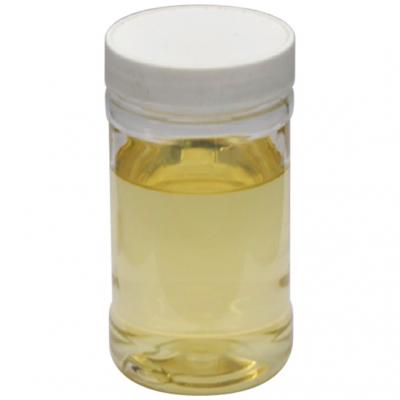Roman fabric is a kind of knitted fabric, which is weaved by the double-sided circular knitting machine. It's also called Ponte de Roma and Dacron. Its common components are generally divided into Polyester Roman cloth, DTY, FDY, t / R, N / R, N / C. As the weaving method is four-way and one cycle, the cloth surface is not flat with an ordinary double-sided cloth. Its elasticity is better when the fabric is horizontal and vertical, but the stretch in the horizontal direction is not as good as that in the double-sided fabric.
The Roman cloth is not easy to stick wool,not easy staining, easy to wash, good elastic,strong hygroscopic . It has various of hand feelings, can be softed and stiffed. It can meet different design requirements. Therefore, it is mainly used in middle and high-grade clothes,Jacket, trousers, coat, etc. The most common and difficult problem of roman fabric in the dyeing and finishing process is the hand feeling style.
2. Silicone oil of roman fabric
Due to the wide application and the various of hand styles of Roman cloth, the silicone oil selection in finishing has become diversified. Generally, it is necessary to comprehensively consider the fabric composition, weaving method, dyeing and finishing process, etc. for comprehensive judgment and selection. Our company has done a lot of applied research to adapt to the handle style of Roman cloth and launched four silicone oil of raman fabric. Through single-use or different combinations, it can be applied to the requirements of various hand styles in Roman cloth processing.
Soft Silicone Oil HT-6150A
|
Main components |
Appearance |
Style |
|
|
Double functional group modified silicone emulsion |
Light yellow transparent viscous liquid |
Weak cationic |
Soft and delicate |
FluffySiliconeOilHT-6150c
|
Main components |
Appearance |
Style |
|
|
Special group modified silicone emulsion |
Weak cationic |
Soft and fluffy |
Soft and Slip SiliconeOilHT-6150B
|
Main components |
Appearance |
Ionicity |
Style |
|
Terpolymer modified silicone oil |
Light yellow transparent viscous liquid |
Weak cationic |
Delicate, soft and hydrophilic |
ElasticSiliconeOilHT-6150D
|
Main components |
Appearance |
Ionicity |
Style |
|
Double functional group modified silicone emulsion |
Light yellow transparent viscous liquid |
Weak cationic |
Slide,elastic,thick |
According to the performance characteristics of our four silicone oil of roman fabric models, we have carried out practical application tracking in several printing and dyeing plants. After different combinations, debug various of hand styles that meet customer requirements. Most of them are quite smooth, tight and soft. The specific application process formula is as follows:
1. Very smooth and tight feel
Elastic silicone oil 4%
Soft silicone oil 2%
Fluffy silicone oil 1%
If the cloth itself is too soft, you can add a proper amount of stiffening agent to increase the firmness.
2. Soft and smooth feel
Soft oil 1%
Fluffy silicone oil 3%
Soft and slip silicone oil 2%
3. Conclusion
Our silicone oil of roman fabric has simple application process, temperature resistance, weak alkali resistance, electrolyte resistance, high shear resistance, safety and stability, and without oil spots.With our four silicone oil of roman fabric, we can match various of hand styles to meet customer’s requirements for the diversity of finished fabrics.



 English
English  日本語
日本語  Español
Español  tiếng việt
tiếng việt  Türkçe
Türkçe  ไทย
ไทย  українська
українська  हिंदी
हिंदी  বাঙালি
বাঙালি  اردو
اردو 

